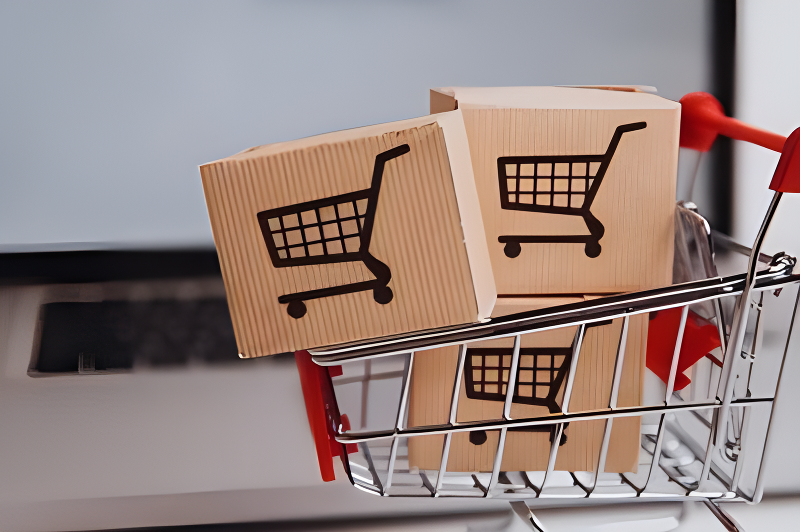2022-06-11
Fulfillment by Amazon (FBA) is a service where, after conducting product research, finding successful products and working with suppliers to create private label products, Fulfillment by Amazon (FBA) sellers can choose to have their products shipped directly from the supplier to Amazon fulfillment centres.
The company will then manage the inventory and handle the delivery of the products to the customer on behalf of the seller. This is a great way to outsource your shipping and logistics needs.
Why don't sellers let their suppliers send their inventory directly to Amazon? Some sellers prefer to check their products themselves, send only a limited amount of stock to Amazon at a time to control FBA storage costs, or for any other reason.
If you are an Amazon seller, then you know that signing up for the Fulfillment by Amazon (FBA) program is a great way to increase your conversion rates and sales. Items sold through the FBA program are stored and shipped by Amazon, and the e-commerce platform also handles all customer service and returns for you. The scheme has become increasingly popular in recent years, and for good reason. It's a huge relief for business owners who don't have the time to deal with these issues themselves, and FBA can save you a lot of fulfilment time and money. In addition, customers love the Prime shipping service that comes with their Amazon Logistics orders.
All you have to do is put the product shipping to Amazon fulfillment center, and then you can focus on other aspects of your business.
In this article, I will show you how to ship to an Amazon FBA warehouse.
We also give some tips to make the process easier.
So, let's get started!
How To Shipping To Amazon Fulfillment Center? The following are the operation steps:
1.Sending goods to Amazon, that is, FBA’s first seller is usually the only step that needs its own operation when doing FBA. Labeling and other operations are required to send goods from its own warehouse to Amazon’s warehouse
2.Amazon storage. After the goods arrive at the destination Amazon warehouse, the seller needs to register the goods in Amazon and store them in Amazon warehouse for a short time.
3.Amazon picking and packaging: after the seller receives the customer’s order, Amazon will sort out the seller’s goods from the inventory according to the order, package them and wait for delivery.
4.For Amazon commodity distribution, Amazon will be responsible for commodity distribution from FBA warehouse, and finally be responsible for consumers’ return / exchange requirements.

We use third-party cookies in order to personalise your experience.
Read our cookie policy